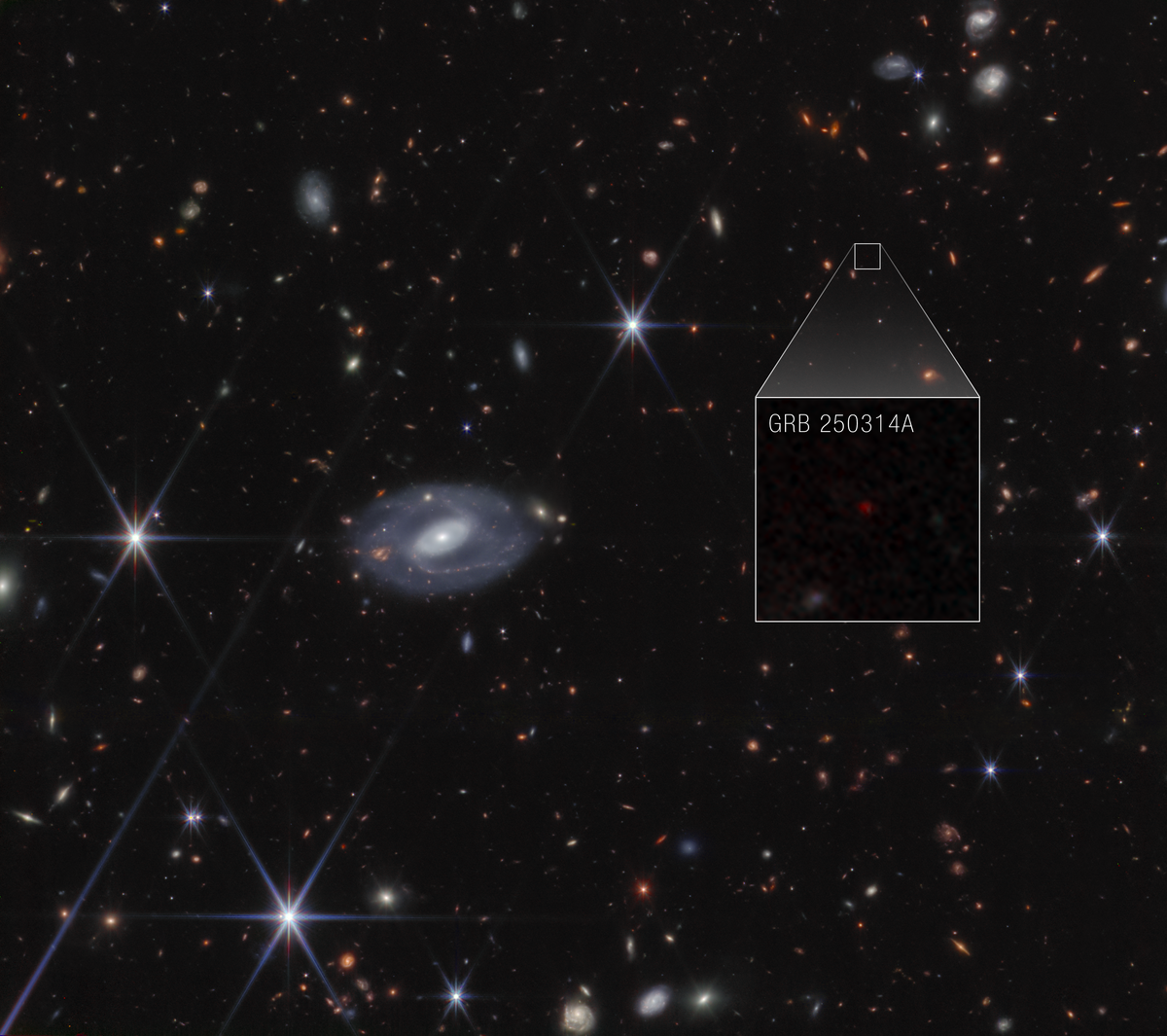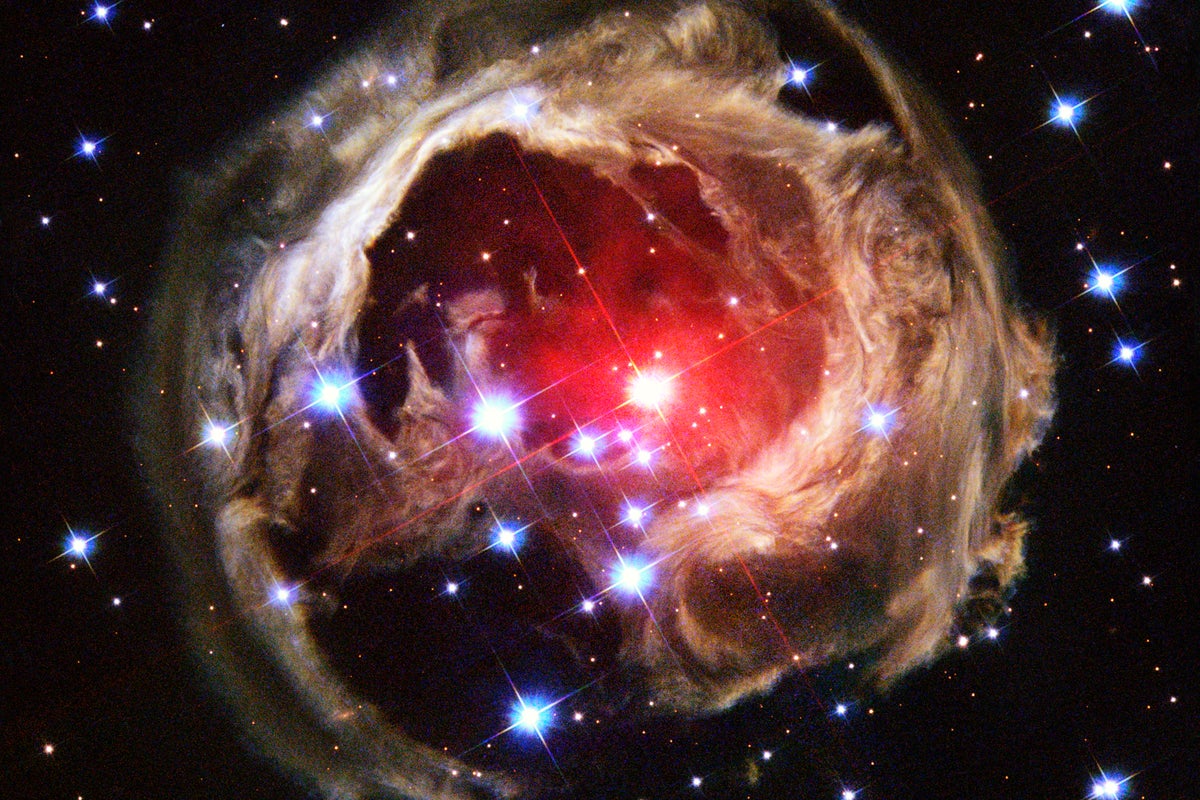fromwww.scientificamerican.com
1 month agoStrange Cosmic Blast May Be First-Ever Superkilonova Observed
Astronomers may have discovered a never-before-seen cosmic explosion that effectively combines a supernova with a kilonovathe blast that results when two dead, dense stars collide. When massive stars run out of fuel for nuclear fusion, they collapse, triggering a huge explosion called a supernova that blasts light out into space. These cataclysms sometimes leave behind a small dead corea dense object made mostly of neutrons called a neutron star.
Science






